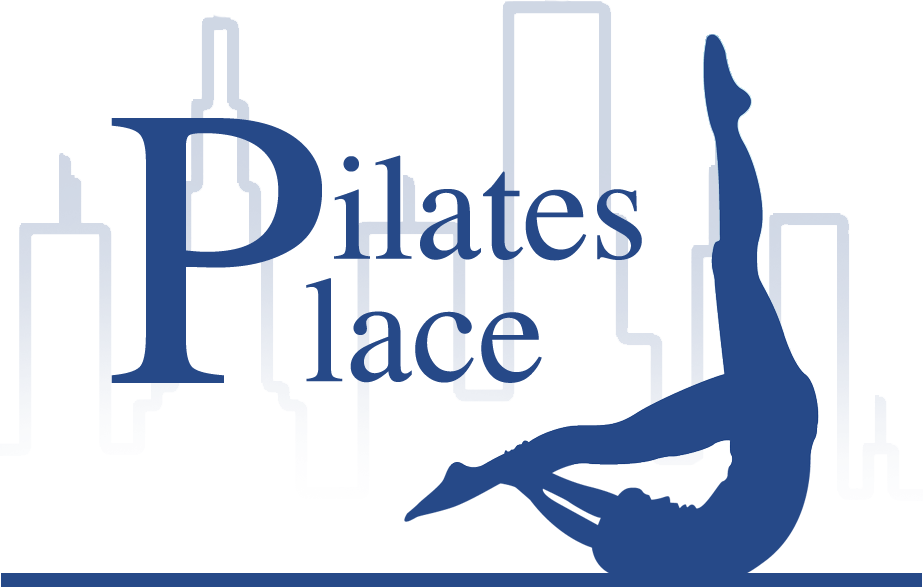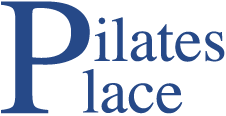What Is a Pilates Reformer?
The Pilates reformer is a bed-like frame with a flat platform on it, called the carriage, which rolls back and forth on wheels within the frame. The carriage is attached to one end of the reformer by a set of springs. The springs provide choices of differing levels of resistance as the carriage is pushed or pulled along the frame. The carriage has shoulder blocks on it that keep practitioners from sliding off the end of the reformer as they push or pull the carriage.
At the spring end of the reformer, there is an adjustable bar called a footbar. The footbar can be used by the feet or hands as a practitioner moves the carriage. The reformer also has long straps with handles on them that are attached to the top end of the frame. They can be pulled with legs or arms to move the carriage as well. Body weight and resistance of the springs are what make the carriage more or less difficult to move. Reformers parts are adjustable for differing body sizes and different levels of skill.
How is a Pilates Reformer Used?
A wide variety of exercises are done on the reformer to promote length, strength, flexibility, and balance. Most Pilates reformer exercises have to do with pushing or pulling the carriage or holding the carriage steady during an exercise as it is pulled on by the springs.
One of the best things about the reformer is its versatility. Exercises can be done lying down, sitting, standing, pulling the straps, pushing the footbar, perched on the footbar, perched on the shoulder blocks, with additional equipment, upside down, sideways, and all kinds of variations. In other words, the reformer can train many parts and dynamics of the body in many different ways with just one relatively sleek piece of equipment.
The Plates Chair
A chair which exercises are performed seated on top and pressing down on the step with your feet, others entail lying on the floor, standing straight up, lunging forward or doing push-up like moves with the arms. Once again, adjustable spring resistance is the key to challenge with this specialized piece of fitness equipment. While pressing down on the step with arms or legs, the much of the stabilizing work is up to the torso – it’s harder than it looks. This apparatus activates the lower back, buttocks, shoulder, transverse abdominal and pelvic region and heightens neuromuscular coordination. The chair makes a great addition to your physical fitness routine.
The History of Pilates
German-born fitness innovator Joseph H. Pilates (1881-1967) developed the Pilates exercise system in the 1920s. His interest in physical fitness stemmed from a determination to strengthen his own body and improve his health after a sickly childhood. With a background in yoga, Zen meditation, martial arts and other ancient fitness techniques plus some success as a gymnast, diver and boxer, Joseph Pilates devised a unique sequence of movements that worked the mind and muscles in harmony. Practiced faithfully, Pilates yields numerous benefits; increased strength and flexibility without bulkiness, better posture, balance, and core strength. Many experience positive body awareness for the first time.
The Pilates Cadillac
Also know as the Trapeze Table, it is one of the most effective and versatile pieces of exercise equipment ever to be engineered. The Cadillac was originally devised by Joseph Pilates to rehabilitate bedridden patients back when he was working as a hospital orderly. The apparatus has evolved a bit since the makeshift bed spring days, but its inspiration is apparent and it continues to be a bridge between exercise and physical therapy.
The Cadillac is essentially a raised horizontal table-top surrounded by a four-poster frame on which various bars, straps, springs and levers are fixed. Standard models include a push-through bar (which can be sprung from above or below), a roll-down bar, a trapeze or cross bar, arm springs, leg springs, thigh and ankle cuffs and even fuzzy hanging loops. The Cadillac contains various adjustable parts and you really need a trained instructor to guide you through safe, proper usage and effective technique. The Cadillac repertoire of exercises truly challenges the core abdominal muscles, develops spinal flexibility, works the shoulder girdle, strengthens the back and stretches the total body. There’s something for all ages and abilities. Used in Private Sessions only.
The Pilates Ladder Barrel
This piece of equipment consists of ladder-like rungs and a rounded barrel-like surface on which a multitude of stretching, strengthening and flexibility exercises can be performed. The barrel is separated from the ladder by a sliding base that can adjust to accommodate different torso sizes and leg lengths in a range of Pilates exercises. The ladder rungs are also adjustable to facilitate varying levels of fitness. Used in Private Sessions only.

